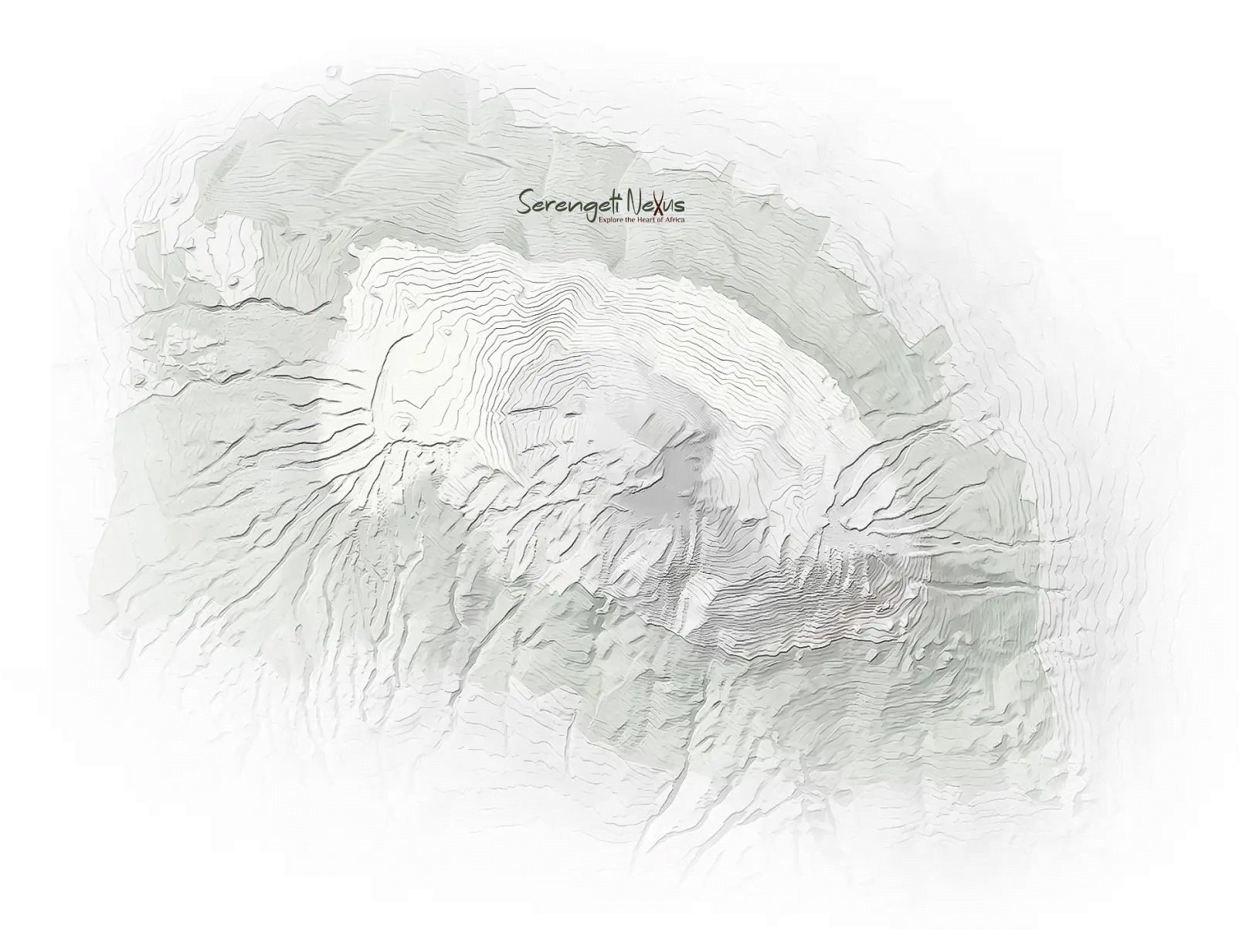How to Climb Mount Kilimanjaro: Complete Trekking Guide 2025
Conquer Africa's highest peak with our expertly guided expeditions
Kilimanjaro Climbing
Mount Kilimanjaro rises majestically to 5,895 meters (19,341 feet) above sea level, making it the highest free-standing mountain in the world and earning the title "Roof of Africa."
As one of Africa’s most sought-after travel destinations, Kilimanjaro attracts over 40,000 visitors each year. The trek is renowned for its stunning scenery and accessibility, requiring no technical climbing skills—just a good level of fitness and determination to reach the summit.
This guide is designed to help travelers prepare for their unforgettable Kilimanjaro journey. Drawing from 11 years of experience and having guided more than 20,000 climbers, we’ve compiled expert recommendations to ensure your adventure is safe, enjoyable, and truly life-changing.
Preparation Guide
What You Need to Know Before You Go
When is the best time to climb Kilimanjaro?
The ideal periods for climbing Kilimanjaro are from late December to early March and mid-June to late October, when the weather is generally most favorable. While other months can experience rain, it usually falls in the afternoon, leaving ample time for clear skies during the day. There are also many dry days even in the rainy season, offering good trekking conditions. For more details, check out our guide on Kilimanjaro’s seasons.
How much does it cost to climb Kilimanjaro?
In 2025, a safe and comfortable 7-day group climb typically costs around $2,900. Shorter climbs of 5 to 6 days or trips booked during off-peak seasons may range between $2,300 and $2,500. These prices include park entrance fees, which account for about 35% of the total cost. Be cautious of operators offering significantly lower prices, as this often reflects poor treatment of porters and compromises on safety and quality. Learn more about Kilimanjaro climbing costs in our detailed blog post.
Kilimanjaro Packages
Route Options
Routes and Maps

Kilimanjaro Group Climbs: 2025–2029 Departures

Tony Carlos
OnlineReady to Plan Your Kilimanjaro Climbing Adventure?
Contact us. Our team is always here to help.
FAQs
Get answers to the most common questions about climbing Africa's highest peak
At Serengeti Nexus, we recommend travel insurance providers that cover high-altitude trekking up to 6,000 meters, helicopter evacuation, and comprehensive medical services. One trusted option is Global Rescue, known for prompt and reliable reimbursements—essential for peace of mind during your Kilimanjaro adventure.
The most convenient way to reach Mount Kilimanjaro is by flying into Kilimanjaro International Airport (JRO) in Tanzania. From there, it’s about a 50-minute drive to Moshi, the main gateway for Kilimanjaro climbs. Major international airlines like Turkish Airlines, Qatar Airways, KLM, Ethiopian Airlines, and Air France serve this route.
Alternatively, travelers can fly into Dar es Salaam and catch a local flight to Kilimanjaro, though this option may incur extra costs for domestic flights and baggage. For budget travelers, flying into Nairobi, Kenya, then taking a bus to Moshi is possible. However, this involves additional expenses, such as a Kenyan transit visa ($21) and a bus fare (~$45), with a journey time of around seven hours.
Tanzania experiences two rainy seasons and two dry seasons annually. The short rains fall from early November to late December, followed by the dry season lasting until mid-March. The long rains occur from mid-March to mid-June, after which another dry season begins.
During the rainy seasons, the northern slopes of Kilimanjaro receive significantly less rainfall—about five times less—making routes like Rongai, Northern Circuit, and Marangu preferable for climbs during wetter months, according to data from the Tanzania Meteorological Authority.
Most Kilimanjaro expeditions take 6 to 8 days, which allows for better acclimatization and improves the chance of reaching the summit safely. The shortest climbs are typically around 5 days, but longer itineraries, including options that stay overnight in the crater, can extend to 10 days or more for a more immersive experience.
